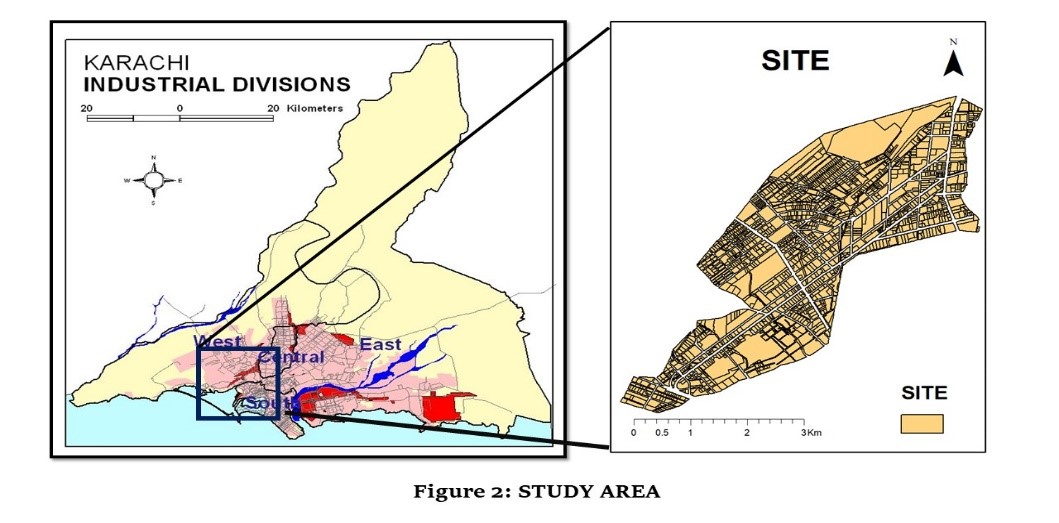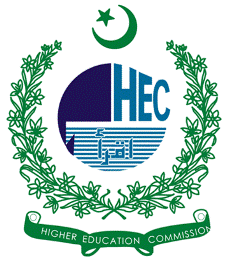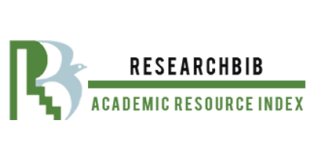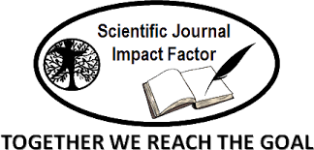The Role of Industries in Accelerating Climate Change: A Case Study of Karachi (SITE Industrial Area)
Keywords:
Climate Change, Vulnerabilities, Disaster Risk Reduction (DRR), Geo-Statistical Techniques, ResilienceAbstract
Karachi, Pakistan, is a densely populated city with a strong industrial presence, and it is increasingly threatened by climate change. This includes rising temperatures and changes in rainfall patterns. This paper examines how these climatic changes affect key industries in Karachi. It looks at how higher temperatures and limited water resources, intensified by the city's extensive concrete and industrial development, create operational and economic challenges for various sectors. This study utilized a combination of satellite datasets (Landsat 8 and 9), climatic data (CHIRPS), and ancillary data (KDA maps) to analyze environmental changes in Karachi's SITE area from 2015 to 2025. The analysis included rainfall analysis, LULC change detection, NDVI and LST trend analysis, and random point sampling for site-specific correlation. The presented results are accompanied by a narrative interpretation of environmental changes and their implications on the SITE industrial zone. This study examines the impact of climate change and urban-industrial growth on Karachi's SITE area from 2015 to 2025. The findings reveal environmental stress due to declining vegetation cover and rising land surface temperatures, likely driven by unregulated industrial expansion and rainfall variability. However, signs of ecological recovery in 2025 suggest potential benefits from natural regeneration or better land management. To enhance climate resilience, the study recommends promoting urban greening, controlling industrial sprawl, improving water management, adopting climate-friendly practices, and regular monitoring using satellite data and GIS tools. By adopting climate-resilient practices and transitioning to low-carbon technologies, Karachi's industries can reduce their environmental footprint and contribute to a more sustainable future.
References
Government of Sindh. (n.d.). Sindh Industrial and Trading Estate (SITE). Retrieved from (link unavailable)
Pakistan Bureau of Statistics. (n.d.). Industrial Statistics. Retrieved from (link unavailable)
Hasan, A. (2015). Understanding Karachi: Planning and Reform for the Future. City Press.
Khan, S. R. (2018). Industrialization in Pakistan: A Review. Journal of Economic and Social Development, 14(1), 1-15.
World Bank. (2020). Pakistan: Climate Change and Economic Development.
Idrees, M., Nergis, Y., & Irfan, M. (2023). Industrial Emission Monitoring and Assessment of Air Quality in Karachi Coastal City, Pakistan. Atmosphere, 14(10), 1515. (link unavailable)
Intergovernmental Panel on Climate Change (IPCC). (2021). Climate Change 2021: The Physical Science Basis. Cambridge University Press.
U.S. Geological Survey. (n.d.). EarthExplorer. U.S. Department of the Interior. https://earthexplorer.usgs.gov/
Climate Hazards Center. (2024). CHIRPS v3.0 annual global rainfall data (2015, 2020, 2024) [GeoTIFF data set]. University of California, Santa Barbara. https://data.chc.ucsb.edu/products/CHIRPS/v3.0/annual/global/tifs/
Climate Hazards Center Infrared Precipitation with Stations version 3. CHIRPS3 Data Repository https://doi.org/10.15780/G2JQ0P (2025).

Downloads
Published
How to Cite
License
Copyright (c) 2025 50SEA

This work is licensed under a Creative Commons Attribution 4.0 International License.




















